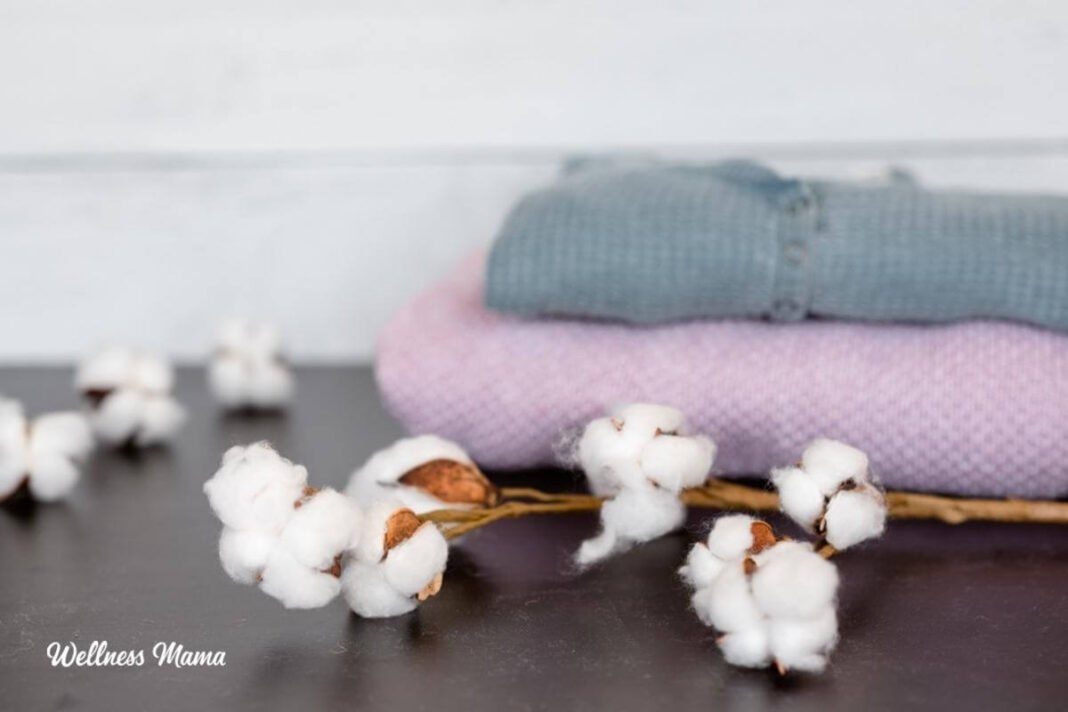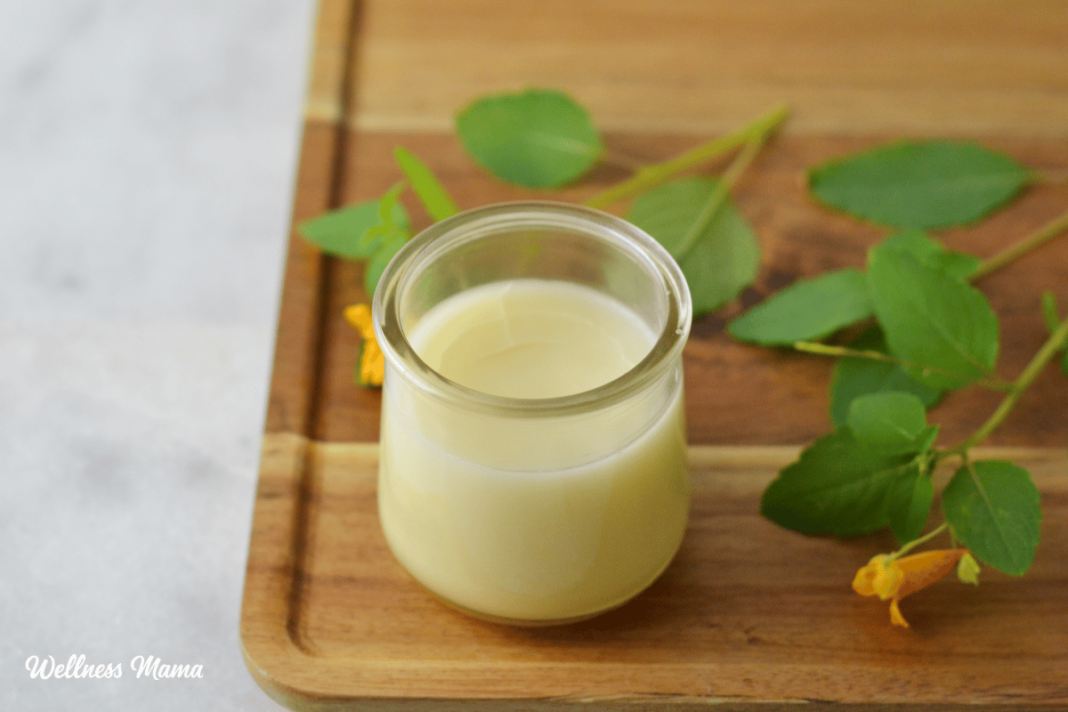As environmental concerns continue to rise, more people are looking for ways to reduce their carbon footprint and live more sustainably. One area of growing interest is fashion—specifically, the impact of clothing on the environment. The fashion industry is one of the largest polluters globally, but there’s hope on the horizon. Organic and sustainable clothing is an eco-friendly alternative gaining popularity among conscious consumers. But what exactly does it mean for clothing to be organic and sustainable, and why should we make the switch?
In this article, we’ll dive into the benefits of organic and sustainable clothing, explore how to make eco-friendly choices when shopping, and discuss how small changes in your wardrobe can have a significant impact on the planet.
Understanding Organic and Sustainable Clothing
Before we go any further, let’s break down the key terms in sustainable fashion: organic and sustainable.
- Organic Clothing: This refers to clothing made from fibers grown without synthetic pesticides, fertilizers, or genetically modified organisms (GMOs). The fibers, such as cotton, linen, or hemp, are grown using natural farming methods that prioritize soil health and biodiversity. Organic farming also limits water waste and promotes better land use.
- Sustainable Clothing: Sustainable fashion goes beyond the materials used. It considers the entire lifecycle of the garment, from production to disposal. Sustainable clothing is made with ethical labor practices, durability, and environmental impact in mind. It focuses on reducing waste, using renewable resources, and ensuring that clothing is produced in fair working conditions.
When combined, organic and sustainable clothing promotes both environmental and social responsibility. These clothes are better for the planet and for the people who produce them.
Why Choose Organic and Sustainable Clothing?
- Environmental Impact
One of the biggest reasons to choose organic and sustainable clothing is its positive impact on the environment. The traditional clothing industry is known for its use of harmful chemicals, excessive water consumption, and high levels of waste. Conventional cotton farming, for example, accounts for 16% of the world’s pesticide use. This not only harms the environment but also affects the health of farmers and workers involved in the production process.
On the other hand, organic farming methods focus on enhancing soil fertility and reducing chemical runoff. Organic cotton, for example, uses far less water and avoids toxic chemicals, which can lead to cleaner water systems and healthier ecosystems. Sustainable clothing brands also consider the lifecycle of the garment—whether the materials are biodegradable or recyclable, and how the items will be disposed of at the end of their life.
- Healthier for You
Organic clothing is also better for your health. Fabrics made from organic materials are often softer and less likely to irritate the skin since they are free from the synthetic chemicals and dyes commonly used in conventional clothing. These chemicals can leach into your skin or the air, especially if you wear the clothing regularly or it’s exposed to sweat and heat. By choosing organic fabrics, you can reduce your exposure to these potentially harmful substances.
- Supporting Ethical Labor Practices
Sustainability doesn’t stop at the materials used to make the clothes; it also extends to how and where the garments are produced. Many sustainable fashion brands prioritize fair wages, safe working conditions, and ethical practices in their supply chains. By purchasing from brands that focus on both environmental and social sustainability, you are supporting workers who are treated fairly and paid appropriately.
- Durability and Longevity
Another benefit of organic and sustainable clothing is that these garments tend to be more durable than fast fashion items. Sustainable brands prioritize quality over quantity, ensuring that each piece is well-made and built to last. This means that your clothes won’t need to be replaced as often, saving you money in the long run and reducing waste. While sustainable clothing may have a higher upfront cost, it’s an investment in both quality and the environment.
How to Make Eco-Friendly Clothing Choices
Now that we understand the importance of organic and sustainable clothing, let’s discuss how to incorporate these pieces into your wardrobe.
- Look for Certifications
When shopping for sustainable clothing, certifications can be a helpful guide. Look for labels like GOTS (Global Organic Textile Standard), OEKO-TEX, or Fair Trade. These certifications ensure that the clothing meets certain environmental and ethical standards. For example, GOTS-certified organic cotton guarantees that the cotton used is free from harmful chemicals and grown under ethical labor practices.
- Buy Less, Choose Wisely
One of the easiest ways to support sustainability is by buying fewer, higher-quality items that you truly love and will wear frequently. The fast fashion industry thrives on mass production and the idea that we constantly need more clothes. Instead of following trends or purchasing impulsively, focus on building a timeless wardrobe with pieces made from organic and sustainable materials. This practice not only helps the planet but also encourages a more mindful approach to consumption.
- Shop Second-Hand or Upcycled Clothing
Thrift stores, consignment shops, and online resale platforms are excellent sources of pre-loved clothing. Shopping second-hand reduces the demand for new items and prevents clothes from ending up in landfills. You can also look for upcycled pieces, which are garments that have been creatively transformed into something new, reducing waste even further.
- Support Brands with Sustainable Practices
Many fashion brands are shifting towards more sustainable practices. Look for companies that use organic fabrics, use eco-friendly dyes, and have transparent supply chains. Some companies even offer repair services, ensuring that their garments last longer and don’t end up in the trash prematurely. Research brands before purchasing to ensure they align with your sustainability goals.
- Care for Your Clothes
Taking good care of your clothes can extend their lifespan. Wash them in cold water, air-dry them instead of using a dryer, and avoid using harsh chemicals or fabric softeners. These small changes can help reduce your environmental impact and keep your garments in good condition for years to come.
The Future of Fashion: A Greener Tomorrow
As the demand for eco-friendly clothing continues to rise, the fashion industry is undergoing a transformation. Brands that prioritize sustainability are beginning to make a real impact, not just on the environment but also on consumer behavior. By making conscious choices, consumers have the power to push the industry toward a more sustainable future.
Opting for organic and sustainable clothing is an easy yet powerful way to make a positive change in your life and the world around you. It’s a small step that can have lasting effects—helping to conserve resources, protect ecosystems, and promote a fairer, healthier fashion industry for all. As we continue to embrace the shift toward sustainable living, our wardrobes can be a symbol of the change we want to see in the world.





